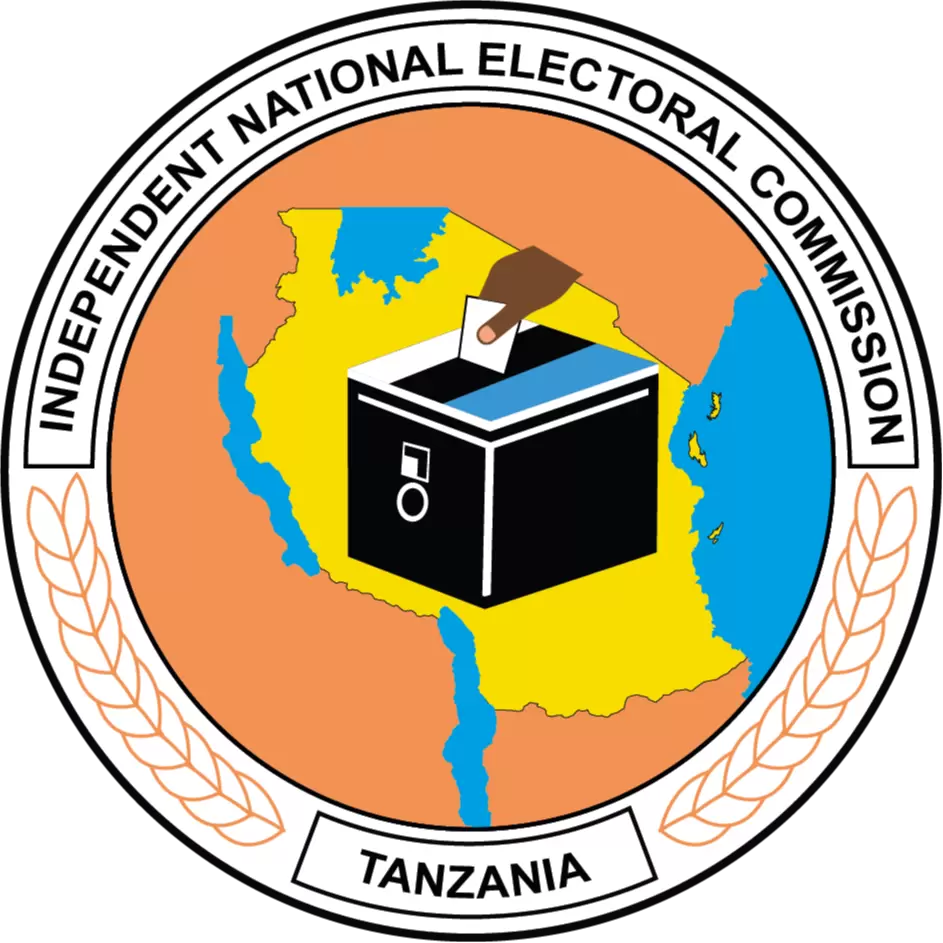A novel method for single whitefly (Bemisia tabaci) transcriptomes reveals an eleven amino acid deletion in the NusG protein in the bacterial endosymbiont Portiera aleyrodidarum.
- 2nd April, 2022 17:56
- By CHONA.MAHUSHI
- Papers
Author(s) : Sseruwagi, P., Wainaina, J.M., Ndunguru, J., Tumuhimbise, R., Tairo, F., Guo, J., Vrielink, A., Blyt
Background: Bemisia tabaci species (whiteflies) are the world’s most devastating insect pests within crops in the tropics. They cause billions of dollars (US) of damage each year and are leaving farmers in the developing world food insecure. Understanding the genetic and transcriptomic composition of these insect pests, the viruses they transmit and the microbiota is crucial to sustainable insect and virus management solutions for farmers. Currently, publically available transcriptome data for B. tabaci has been generated from pooled samples (mainly inbred lab colonies) consisting of several individuals because whiteflies are small (approximately 0.2 mm wide and 0.1 mm in height). Pooling individuals can lead to high heterozygosity and skewed representation of the genetic diversity. The ability to extract enough RNA from a single whitefly has remained elusive due to their small size and technology limitations. Therefore, the understanding of whitefly-microbiotad-viral species composition of an individual field-collected whitefly has also remained unknown. In this study, we developed a single whitefly RNA extraction procedure and subsequently successfully sequenced the transcriptome of four individual adult SubdSaharan Africa (SSA1) B. tabaci.
Results: Transcriptome sequencing on individual whiteflies resulted in between 39-42 million raw reads. De novo assembly of trimmed reads yielded between 65,000-162,000 transcripts across all four B. tabaci transcriptomes. In addition, Bayesian phylogenetic analysis of mitochondrion cytochrome I oxidase (mtCOI) grouped the four whiteflies within the SSA1 clade. BLAST searches on assembled transcripts within the four individual transcriptomes identified five endosymbionts; the primary endosymbiont Portiera,aleyrodidarum and four secondary endosymbionts: Arsenophonus, Wolbachia, Rickettsia, and Cardinium spp. These five endosymbionts were predominant across all four SSA1 B. tabaci study samples with prevalence levels of between 54.1d75%. Nucleotide and amino acid sequence alignments of the NusG gene of P. aleyrodidarum for the SSA1 B. tabaci transcriptomes of samples WF2 and WF2b revealed an eleven amino acid residue deletion that was absent in samples WF1 and WF2a. Comparison of the protein structure of the NusG protein from P. aleyrodidarum in SSA1 with known NusG structures showed the deletion resulted in a shorter D loop. Although NusG is key in regulating of transcription elongation, it is believed that the shortening of the loop region in the N-terminal domain is unlikely to affect transcription termination. Therefore, the effect of variability in this region across species is unknown.
Conclusion: In this study, we optimised a single whitefly high quality RNA extraction procedure and successfully carried out individual whitefly transcriptome sequencing on adult B. tabaci whiteflies. This enabled the detection of unique genetic differences in the NusG genes of the primary endosymbiont P. aleyrodidarum in four field-collected SSA1 whiteflies that may not have been detected using lab-pooled B. tabaci isolines. The use of field-collected specimens means that both time and money will be saved in future studies using single whitefly transcriptomes in monitoring vector and viral interactions. In addition, the methods we have developed here are applicable to any small organism where RNA quantity has limited transcriptome studies.


